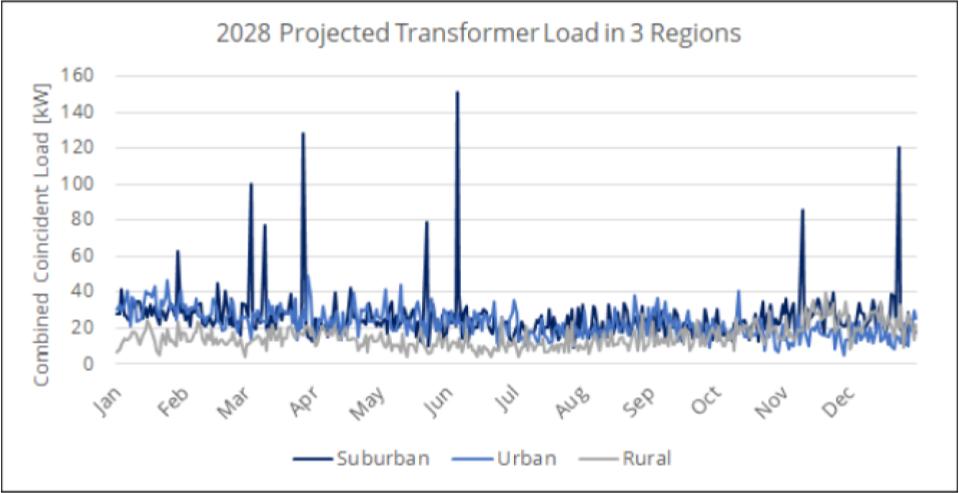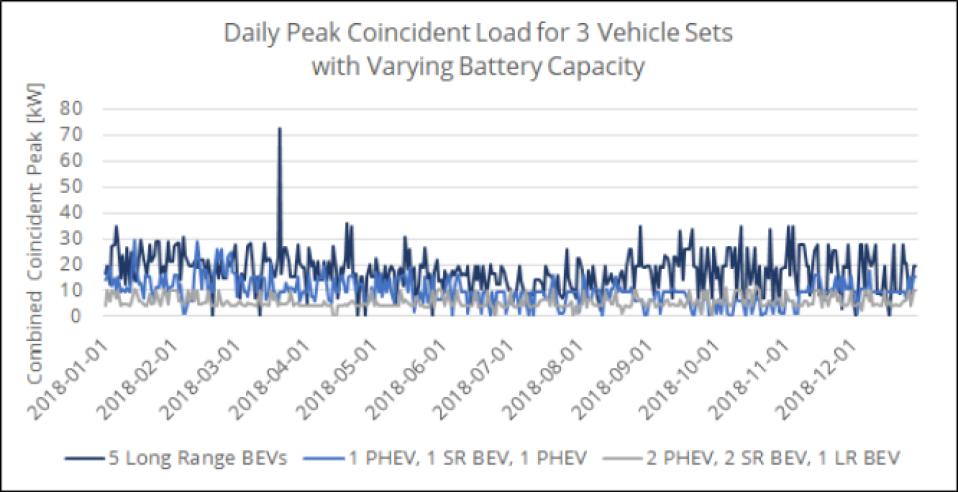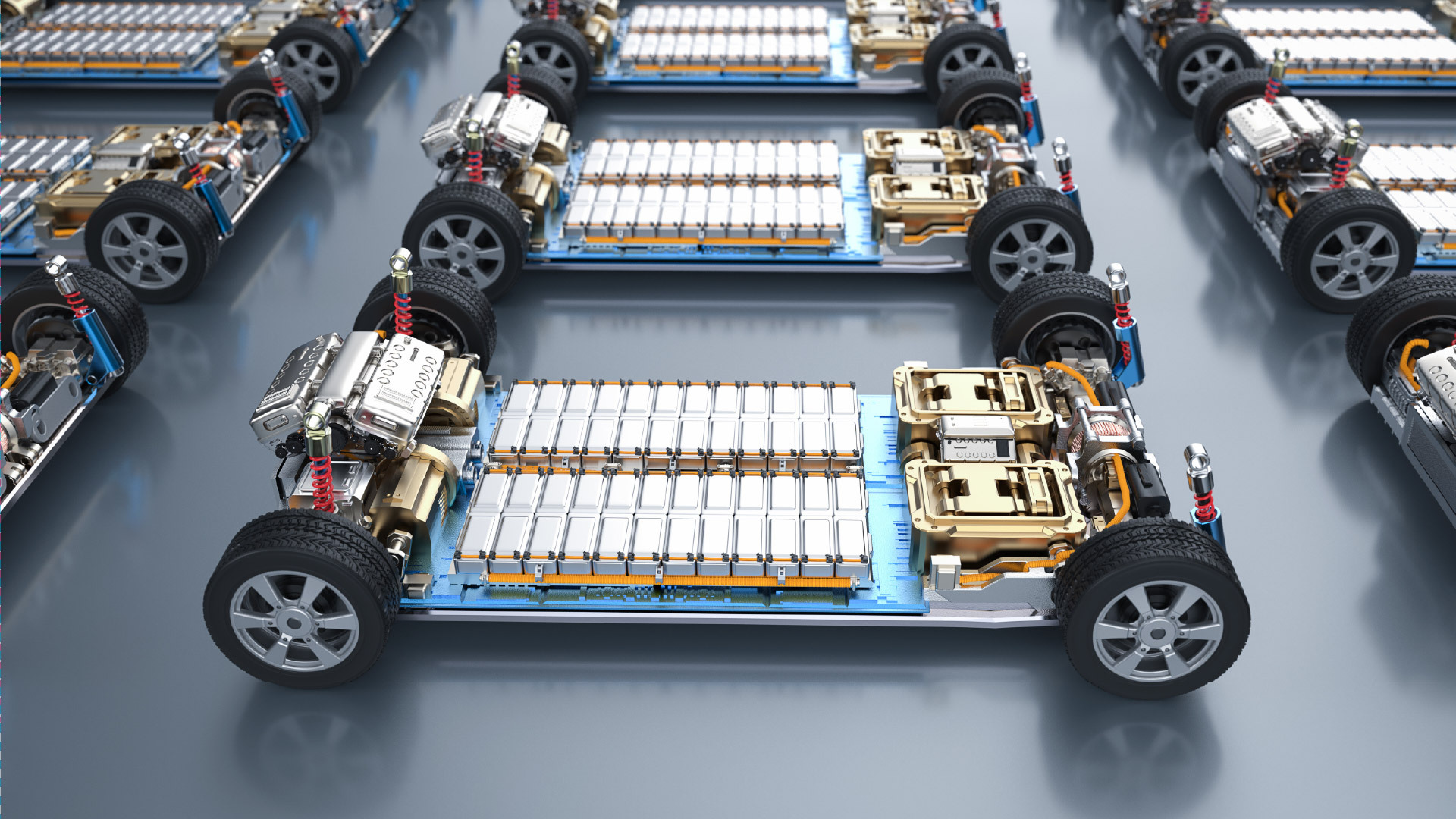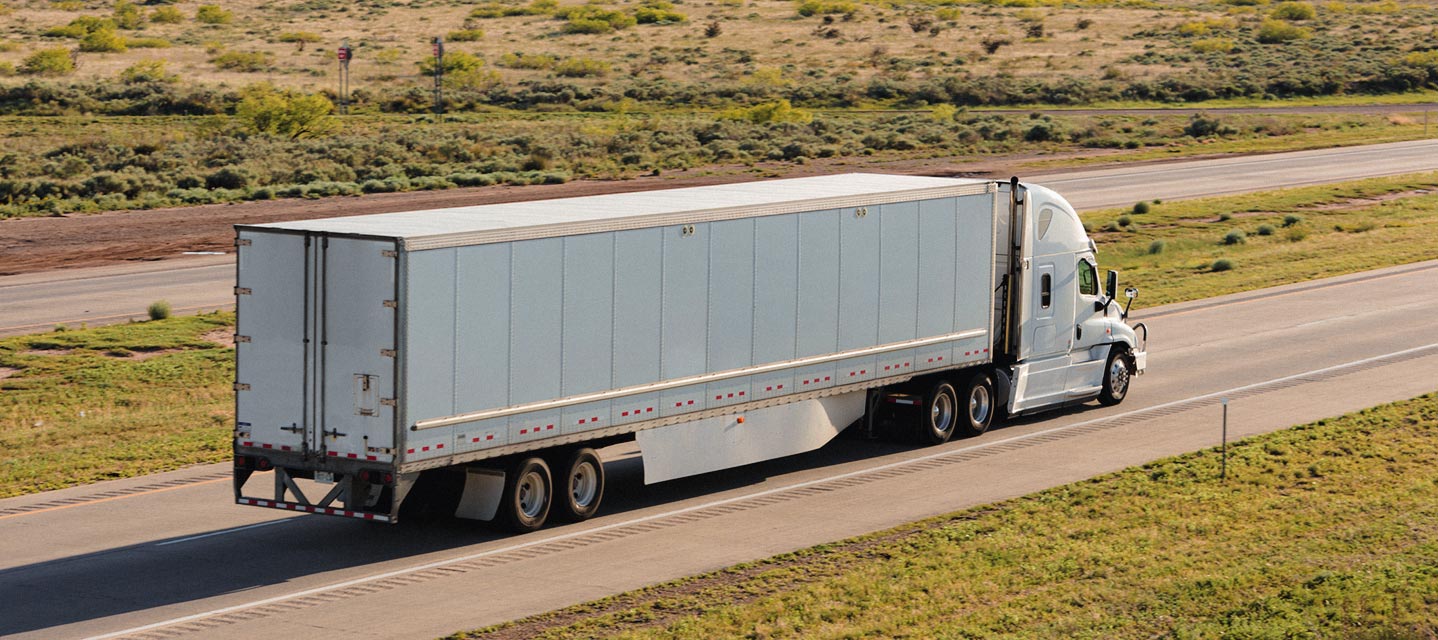Preparing for EVs: Charge the North EV case study
Is the electrical grid and utilities sector prepared for wide-scale EV adoption? A study of 1000 EVs in Canada looks at what is needed to support and prepare for EV uptake.

Senior Manager, Sustainable Mobility at Geotab
Jun 12, 2023

The future is electric. This mantra has been repeated by policy and transportation think tanks, national governments and automakers alike. With projections that today’s five million electric vehicles (EVs) could grow to as many as 250 million in just 10 years, and that by 2040, more than half of passenger vehicle sales will be EVs, tomorrow’s fuelling infrastructure will be electrical grids.
Traditionally, our electric grids have been designed for largely stationary loads — think households or industrial plants. EVs are essentially large mobile batteries that could draw their power anywhere and anytime, and this can have significant consequences if the electrical infrastructure is not adequately built, particularly at the neighborhood and building transformer level.
Understanding what EVs will do to the electrical load profile — the measurement of electricity use over time — will help utilities and facilities prepare for this transformation.
Charge the North project is the largest study of its kind
The Charge the North project followed over 1,000 EV drivers across Canada, tracking their driving and charging behavior.
Charge the North, initiated in 2017, is the largest study of its kind, providing important insights into: EV load profiles (which are unique to each service territory) and what actions can minimize the need for costly infrastructure upgrades.
Project milestones:
- 1,000 vehicles studied
- Two years of driving data
- 4,721,215 kWh charged
- Over 20,000,000 km driven (This distance is over 500 times the circumference of the Earth!)
Fleets switching to EVs can also benefit from looking at load profile
Understanding load profile will be important for fleet operators too. For a company transitioning their fleet to electric, charging infrastructure needs will be top of mind. Similar to how utilities can benefit by profiling their territories, a fleet can do the same for their own operations to help predict their fleet’s electrical demand on their facilities — and take preventative steps to minimize costs.
Top takeaways for fleet managers on EV adoption
What can the driving and charging behaviors of EV drivers across Canada tell fleet managers about preparing for EV adoption? There are four key findings:
- Daily driving distance matters.
- Long-range EVs will have greater consequences for local transformers and fleet facilities.
- Climate impacts energy use.
- Access to charging outside of home base will change the EV load profile.
Daily driving distance matters
There is a strong correlation with daily utilization to dangerous load peaks. For personal vehicles, this shows up by segmenting drivers into neighbourhood type: rural, suburban or urban. These segmentations are a good predictor on how long the average daily trip is, and consequently how much more energy is required to charge the vehicle on a daily or weekly basis.
In suburban neighborhoods, risk to local transformers is shown to be the most significant. Four or five neighbors coming home with depleted batteries can overwhelm a local transformer.
A fleet that operates in a small geographic area with short daily trips will be less likely to overwhelm the electrical infrastructure in their fleet yard, as compared to one with a large territory and high utilization. This is exasperated when the vehicles return to the fleet yard and plug in at the same time.

Long-range EVs will have greater consequences for local transformers and fleet facilities
As the trend moves to longer-range electric vehicles with larger batteries, energy demand and consequently load peaks will be greater.
While many of the early electric cars had batteries under 30kWh, nowadays we’re seeing vehicles with 60 or even 100kWh batteries. Rivian, an electric-focused automaker with recent investments from Amazon and Ford, has revealed that they plan to use a staggering 180kWh battery for both their electric pickup and SUV.
While long-range EVs will bring many benefits to fleet operations, charging those batteries will have consequences on a fleet facility and can result in significantly higher demand charges.
This will happen in two ways:
- First, long-range EVs allow higher utilization (and fleets should take advantage; higher utilization gets the best return on investment when it comes to EVs).
- Second, while a longer-range vehicle may not need to charge as frequently, when they do charge, more charging energy is needed to fill that empty battery. This results in either longer charging times (with more likely vehicle charging overlap) or higher-powered charging, which causes bigger demand spikes.

Chart above shows significantly higher coincident peaks from 5 long-range battery electric vehicles (BEVs) compared to combinations of vehicles with smaller battery sizes. Legend: PHEV = plug-in hybrid electric vehicle, SR BEV = short-range battery electric vehicle, LR BEV = long range battery electric vehicle
Climate matters
On colder days, an EV requires more energy per distance (mostly due to energy used to heat the cabin). Depending on the sector, fleets’ winter utilization may go down, stay the same, or even go up. In operations where utilization remains the same or increases in winter, one can expect larger demand on the facility in colder months.
Interestingly, according to the Charge the North study, the total energy needed over winter for personal EVs stayed about the same as Canadians tend to drive less in winter. Being aware of seasonal differences in their operations will help a fleet manager prepare for charging requirements at their facilities.
Access to charging outside of home base will change the EV load profile
For personal vehicle use, those who had access to public or workplace charging had significantly less critical demand during the evenings, which puts less stress on neighborhood home transformers.
For fleet operators, identifying opportunities to charge during the day, whether it be en route at public charging stations or while stopped at customer facilities, will reduce evening peak load at the fleet yard. A good place to start is understanding where and for how long your vehicles dwell. This can help inform a charging strategy.
Similar to EV driver segmentations, different fleet applications/sectors will have their own load profile signatures. Knowing vehicle specs, trip types and seasonal variations can predict how transitioning to EVs will impact the power demand on a fleet’s facilities, and help inform an appropriate charging strategy. The good news is that costs can be minimized with the right planning and tools.
Summary:
- Know your vehicle utilization and duty cycle. Where do they go and for how long? Do they return to base at the same time?
- Implement charge or load management to minimize demand charges and take advantage of lower time-of-use rates (where applicable).
- Consider supplementing with daytime and en-route charging, at public or customer facilities.
Learn about EV fleet management with Geotab on our Electric Vehicles page.
Subscribe to get industry tips and insights

Senior Manager, Sustainable Mobility at Geotab
Charlotte Argue is a sustainable transportation and electric vehicles (EVs) thought leader, working on green fleet initiatives since 2008.
Table of Contents
- Charge the North project is the largest study of its kind
- Fleets switching to EVs can also benefit from looking at load profile
- Top takeaways for fleet managers on EV adoption
- Daily driving distance matters
- Long-range EVs will have greater consequences for local transformers and fleet facilities
- Climate matters
- Access to charging outside of home base will change the EV load profile
- Summary:
Subscribe to get industry tips and insights
Related posts

How long do electric car batteries last? The updated guide to real-world EV battery health
January 12, 2026
10 minute read

Collision avoidance systems: How fleets prevent incidents and improve safety
December 23, 2025
5 minute read

Run on Less data redefines electric truck viability
December 17, 2025
4 minute read


Autonomous trucking: The impact of self-driving trucks in the freight industry + guide
July 30, 2025
6 minute read

The future of transportation: Trends, research and what’s next according to experts
July 17, 2025
9 minute read